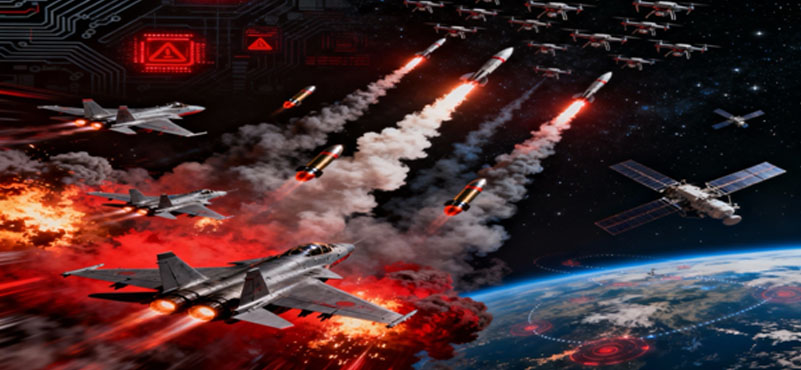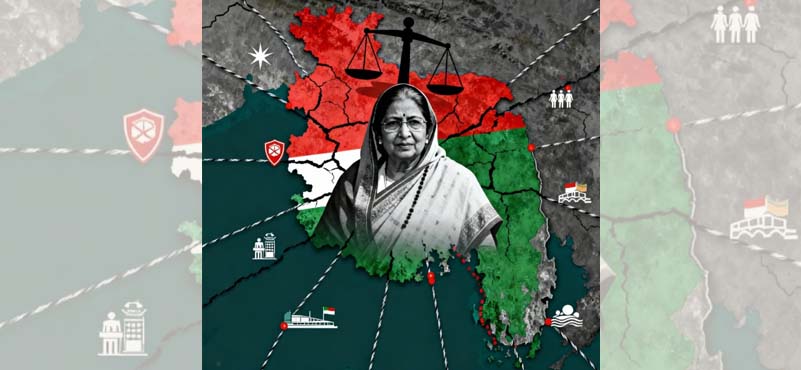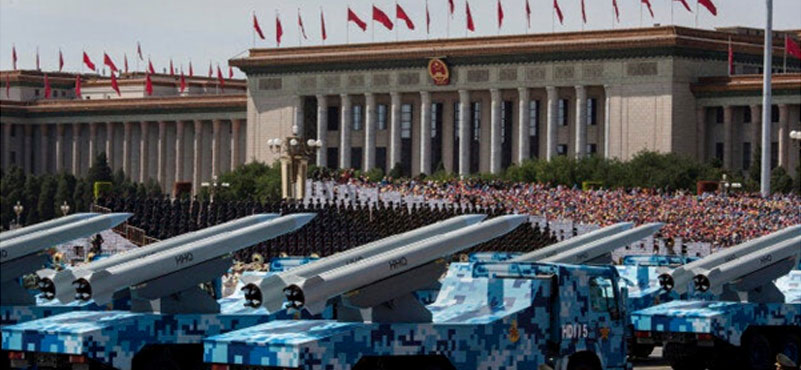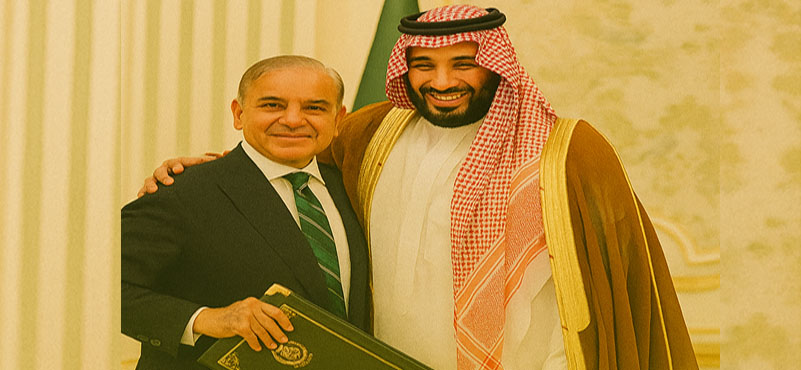“Cold Strike is not just a doctrine; it is India’s sharpened sword of calibrated multidomain deterrence, fusing speed, precision, and narrative dominance to seize the initiative, strike pre-emptively, and control escalation across all domains without flinching to nuclear blackmail.”
In a tight cluster of statements this week, India’s top leadership sent an unmistakable strategic message to Pakistan. Defence Minister Rajnath Singh warned that any misadventure would invite a response capable of “changing history and geography,” while Army Chief General Upendra Dwivedi said the restraint shown during Operation Sindoor would not be repeated if cross-border state-sponsored terrorism continued. The Air Force Chief, while highlighting Pakistan’s losses and ridiculing their fake claims, reiterated both the reach and capability of the IAF’s deep and precision strike capability. Together, these statements, when seen in the light of politico-military strategic messaging, show clarity in both capability and resolve to reinforce deterrence by domination and denial, and decisive, unparalleled punishment to the aggressor if any misadventure takes place. A meek response followed from Pakistan’s Defence Minister – “Pakistan was keeping its guard and watching the situation, after the earlier rhetoric statements of its Chief and PM, energised by recent US back patting. The nuclear failed card is again on display after its repeated bogie in recent times. It does NOT deter India.
Strategic communication is an appendage to Deterrence (others being Political Will and Military Capability). India’s current signalling is not about provocation but about credibility that cross-border terrorism will invite decisive and multidomain responses. The deterrence construct is now deterrence by denial and domination. However, a more professional military language equally hard-hitting would have been preferred by the Military, as the present one has a political tenor traditionally associated with Pakistan. As regards the nuclear placard, it is Pakistan’s deterrence foundational construct. Pakistan’s nuclear card has lost its bite precisely because India has fused precision, pre-emptive strike, and political will into a credible deterrent framework. Cold Strike can be a reality if India focuses more on action than words or past laurels. Nuclear card is not for warfighting. No adversary can be taken lightly or equated to the past status. No two wars have been or will be the same.
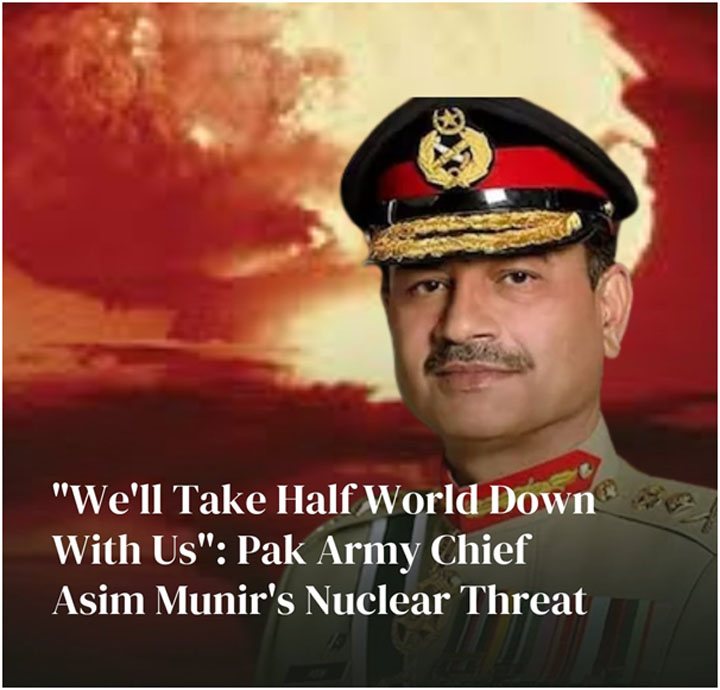
The war of words continues, but Operation Sindoor 2.0 is a reality. The question remains when and where, which will depend on Pakistan’s behaviour. The recent increased deployment of the Pakistan army in Sir Creek (1965 repeat) and mobilisation to quell the fragile situation in POK are signals that cannot be overlooked. What is certain is that any Pakistan misadventure risks the repeat of 1971 and its balkanisation and nonexistence of a Terroristan.
Operation Sindoor was an inflexion point in the history of the nation, not only in Chanakyaniti but the power of Dharma Yudh. It was India’s first clear glimpse of how autonomous systems, precision strikes and tri-service coordination can deliver decisive results at machine speed. The operation proved that India can now contest time and space with precision in a multidomain environment, not just territory. But Sindoor must not remain a showpiece; it must evolve into a codified doctrine backed by real industrial scale, legal clarity, defence capability and political will.
India today stands at a point where technology has outrun bureaucratic caution. The integration of drones, loitering munitions and precision missiles has changed the logic of conflict. A swarm of low-cost drones now forces any opponent to waste millions on interception. The asymmetric advantage is obvious. What used to be a hardware race is now a contest of adaptability. The side that scales faster and fuses data better will dominate. Sindoor showed that India has the ingredients; now it needs the institution.
At the centre of this shift is the Cold Strike doctrine, an evolution of the older Cold Start thinking but redesigned for the era of autonomy, cyber and machine-speed warfare. Cold Strike is about calibrated conventional pre-emption and precision attacks delivered in minutes, not days. It envisions pre-authorised operational chains, fused C5ISR feeds and legal frameworks that allow swift, limited, conventional action without breaching escalation thresholds. It is not about aggression. It is about credible deterrence through speed, precision and control.
India’s missile programmes are the backbone of this doctrine. The BrahMos remains a world-class precision strike system, but what lies ahead will redefine deterrence altogether. Dhvani, the hypersonic glide vehicle under development, promises to shrink decision windows to minutes. It moves faster, hits harder and is expected to carry multiple payload configurations. When combined with long-range cruise missiles, tactical rockets and swarm drones, Dhvani can give India the ability to neutralise high-value targets deep inside hostile territory before the enemy reacts. This is not escalation; it is a denial of first-mover advantage to the adversary.
Alongside kinetic power, the other pillar is the kill web; a tri-service digital ecosystem that links every sensor, shooter and commander in real time. It fuses data from satellites, UAVs, ground radars and electronic intelligence into one live combat picture. The kill web transforms the battlefield from a sequence of actions into a single living network where any sensor can feed any shooter. For India, this must be treated as national infrastructure like highways or power grids. Sensors without shooters are useless; shooters without sensors are blind. Only a fused network ensures dominance.
Such capability needs more than technology. It demands restructuring. The character of modern war is not about who controls which landmass, aerospace or maritime front on a map. It is about who can dominate the battlespace across multiple domains, compress decision cycles, and deliver precise effects faster than the adversary. India’s priority, therefore, should not be the hurried creation of theatre commands but the establishment of functional commands that integrate resources across services for specific operational effects. Cyber Command, Space Command, C5ISR Command, Cognitive Warfare Command, a Drone Corps, and a dedicated Air Defence Command will achieve more for India’s security in the coming decade than geographic theatre-isation.
When the Chief of Army Staff declared Rudra, Bhairav and Divyastra’s names on Kargil Diwas, it was not a ceremonial reminder of the past achievements. It was a measured message that India’s defence posture is becoming a proactive sword as opposed to a reactive shield. There is a tectonic doctrinal shift with each formation: Rudra, the Integrated Battle Group, Bhairav, the Special Forces brigade and Divyastra, the long-range precision strike force. They combined to create the institutionalisation of a war-fighting ethos that India has long theorised on and been reluctant to operationalise. It marks a shift from legacy ‘Cold Start’ to a more relevant model of ‘Cold Strike’.
Industry too must match this pace. India’s defence startups have shown impressive creativity, but innovation without scale does not build deterrence. The country needs factories that can produce thousands of drones and loitering munitions at war tempo. Critical subsystems such as IMUs, optics and guidance chips must be localised. Dependence on a single foreign supplier undermines autonomy. The government must guarantee bulk orders and incentivise export-ready variants so the domestic industry moves from prototypes to mass production. This is how deterrence gets manufactured.
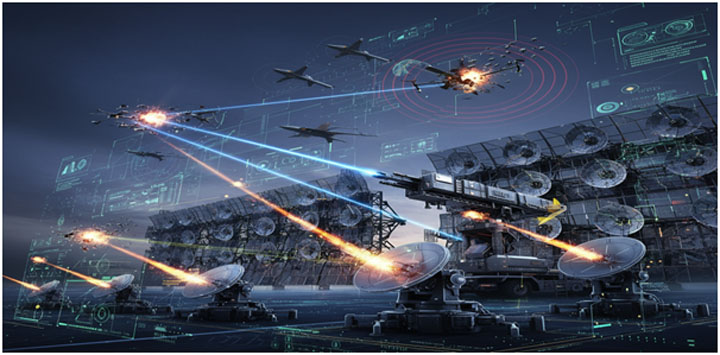
The next parallel track is defence. Swarms are not only an offensive advantage; they are also a threat. India must invest in counter-UAS systems, directed energy weapons, radio frequency denial and advanced radar networks tuned for low radar-cross-section targets. Artificial intelligence must be embedded in air defence grids for rapid recognition and prioritisation. Offence and defence must evolve in tandem because the side that can deliver and deny effects simultaneously controls escalation.
No doctrine survives without political clarity. Cold Strike requires a framework that defines what acts constitute a trigger, what targets are pre-cleared, and who authorises real-time action. These must be codified long before a crisis, not debated during one. Political courage must meet military readiness. Legal frameworks and parliamentary oversight can coexist with operational secrecy. Without these, the most advanced weapons will sit idle under layers of hesitation. The absence of a National Security Strategy is a glaring void which is long overdue.
Equally vital is strategic signalling. Deterrence is not only built by weapons but by credibility. Publicly announced tests, transparent doctrinal statements and visible tri-service drills send the right message. They shape perception and impose caution on adversaries. You do not have to launch missiles to be feared; you only need to make sure others believe you can and will.
Cold Strike is not a call for aggression. It is the logical adaptation of deterrence to a faster, more connected and more unpredictable battlespace. It allows India to act with precision, control and speed while keeping escalation within defined bounds. It provides decision-makers with a ladder of calibrated responses instead of binary options between inaction and total war.

Sindoor 2.0 is India’s chance to convert technology into doctrine, doctrine into structure and structure into power. The pieces exist: advanced missiles, swarms of drones, offensive and defensive cyber, and an industrial base ready to scale. What is needed is political backing, legal clarity and steady funding. If India institutionalises Cold Strike, it will redefine deterrence across Asia. If it hesitates, others will move faster and shape the next conflict on their terms.
The world has entered the era of machine-speed warfare. India has the science, the skill and the motive to lead in it. The window to act is short, the opportunity immense. The focus must be on indigenous solutions, not indigenisation. Cold Strike is not just a doctrine; it is India’s insurance that the next war is never fought on anyone else’s timetable.
ABOUT THE AUTHOR
 Lieutenant General A B Shivane, is the former Strike Corps Commander and Director General of Mechanised Forces. As a scholar warrior, he has authored over 200 publications on national security and matters defence, besides four books and is an internationally renowned keynote speaker. The General was a Consultant to the Ministry of Defence (Ordnance Factory Board) post-superannuation. He was the Distinguished Fellow and held COAS Chair of Excellence at the Centre for Land Warfare Studies 2021 2022. He is also the Senior Advisor Board Member to several organisations and Think Tanks.
Lieutenant General A B Shivane, is the former Strike Corps Commander and Director General of Mechanised Forces. As a scholar warrior, he has authored over 200 publications on national security and matters defence, besides four books and is an internationally renowned keynote speaker. The General was a Consultant to the Ministry of Defence (Ordnance Factory Board) post-superannuation. He was the Distinguished Fellow and held COAS Chair of Excellence at the Centre for Land Warfare Studies 2021 2022. He is also the Senior Advisor Board Member to several organisations and Think Tanks.

